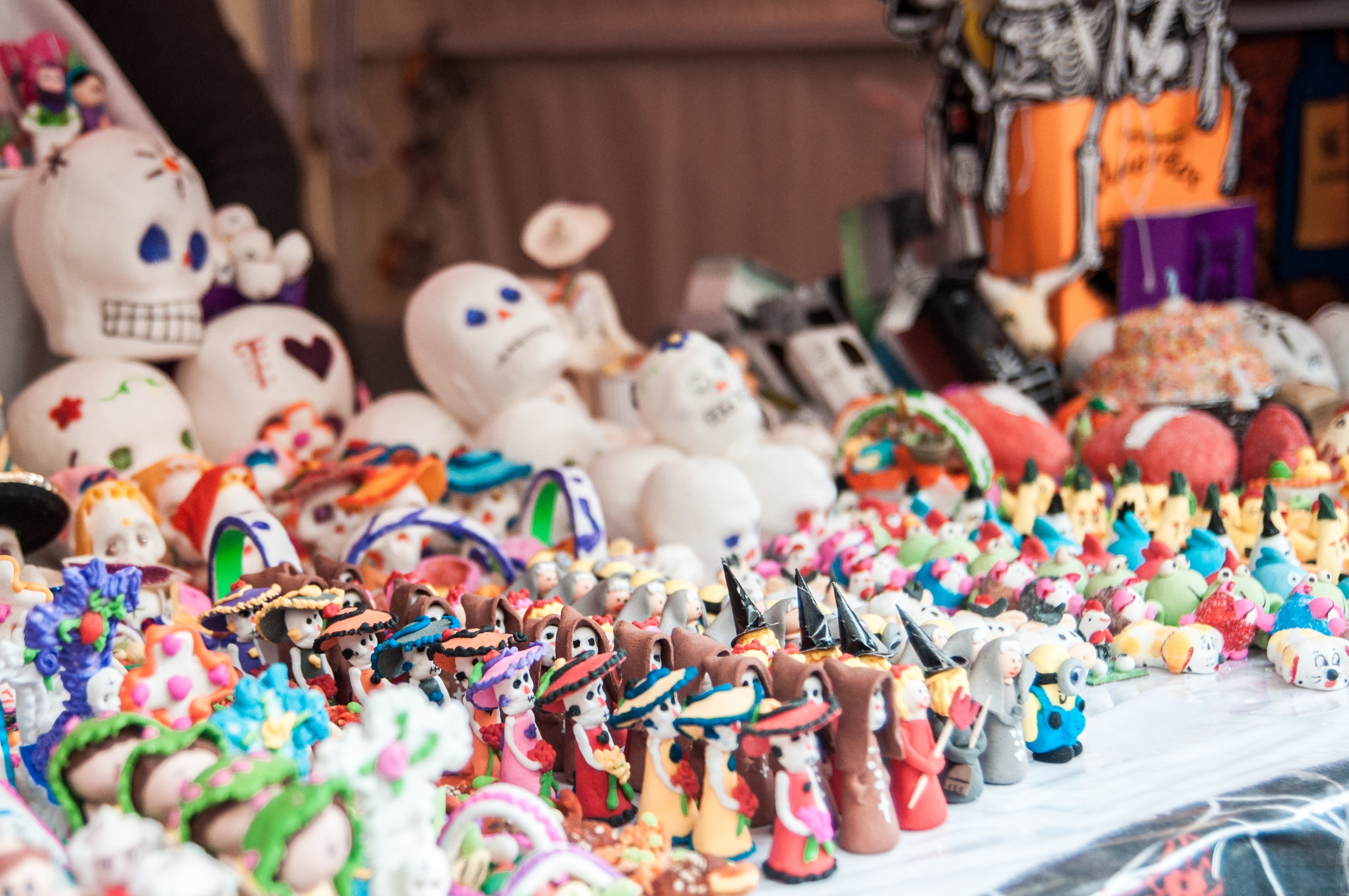Halloween Traditions in Asia: Ghost Festivals and More

Introduction
When it comes to Halloween, most people immediately think of jack-o'-lanterns, costumes, and trick-or-treating. However, Halloween isn't just a Western phenomenon. In fact, Halloween-inspired traditions have found their way into many parts of Asia, blending with ancient customs and creating unique celebrations that are both spooky and captivating. In this article, we'll explore the fascinating world of Halloween traditions in Asia, including ghost festivals, special rituals, and more.
1. The Hungry Ghost Festival (China, Hong Kong, and Taiwan)
In many Asian countries, particularly China, Hong Kong, and Taiwan, the Hungry Ghost Festival is celebrated during the seventh month of the lunar calendar, usually falling in August or September. This month is believed to be when the gates of the underworld open, allowing spirits to roam freely among the living. People during this time perform various rituals to appease these wandering spirits and avoid bad luck.
One of the central traditions of the Hungry Ghost Festival is the offering of food, money, and other items to appease the spirits. Families set up altars in their homes and at the entrances of buildings, laden with food, burning incense, and symbolic paper money. The belief is that by providing these offerings, they can satisfy the hungry ghosts and prevent them from causing harm or mischief.
Additionally, theatrical performances, known as "zhaijiao," are held in some regions. These performances include Chinese opera, storytelling, and puppet shows. While these may not be overtly spooky, they are an integral part of the festival's entertainment.
2. Obon Festival (Japan)
Japan has its own version of the ghost festival called Obon. It typically takes place in mid-August, coinciding with the Bon period, when it is believed that ancestral spirits return to visit their living relatives. During Obon, families clean and decorate their ancestral graves, and they light lanterns to guide the spirits back to the world of the living.
One unique and visually stunning tradition during Obon is the Toro Nagashi, or "lantern floating" ceremony. People release lanterns into rivers and lakes to help guide the spirits of their ancestors back to the afterlife. It's a breathtaking spectacle that blends spirituality and beauty, making it an integral part of the festival.
3. Pchum Ben (Cambodia)
In Cambodia, the Pchum Ben festival, also known as Ancestors' Day, is celebrated in September or October. It is a time when Cambodians pay their respects to deceased relatives and ancestors. During Pchum Ben, Buddhists believe that the gates of hell open, allowing the spirits of the deceased to visit the living.
Cambodian families gather at pagodas to make offerings to the monks and to honor their ancestors. Food offerings, such as sticky rice and fruits, are prepared and presented to the monks, who then chant prayers for the deceased. It is believed that by making these offerings, the souls of the deceased can find peace and be released from suffering.
4. Teng Chieh (Taiwan)
Teng Chieh, also known as the "Lantern Festival," is a Taiwanese tradition that closely resembles Halloween in terms of its spooky elements. It falls on the fifteenth day of the first month in the lunar calendar, which is usually in February or March. During Teng Chieh, families light lanterns and hang them outside their homes to guide lost spirits.
One of the most iconic aspects of Teng Chieh is the release of "water lanterns" into rivers and lakes. These lanterns, made of paper, are often beautifully decorated and contain candles. The belief is that by releasing these lanterns, one can ward off evil spirits and bring good luck to the coming year.
5. **Pitru Paksha (India)**
India has its own version of ancestor veneration called Pitru Paksha, which takes place for 16 days in the lunar month of Bhadrapada (usually September). During this time, Hindus pay homage to their ancestors through various rituals and offerings.
One of the main rituals of Pitru Paksha is the "Shraddha" ceremony, where families offer food and water to Brahmins and priests, seeking blessings for their ancestors' souls. Additionally, Hindus often visit temples and make offerings to the gods on behalf of their deceased relatives.
6. Chuseok (South Korea)
Chuseok, the Korean Thanksgiving Day, shares some similarities with Halloween in its focus on honoring ancestors and deceased family members. Chuseok usually falls in September or October, depending on the lunar calendar.
During Chuseok, families gather to perform ancestral rites, visiting the graves of their ancestors to clean and make offerings. One unique tradition is the preparation of "charye," a special ritual table filled with food, fruits, and other offerings. Families also engage in folk games and activities during this festive time.
Conclusion
Halloween is a time of year when the line between the living and the dead blurs, and it's fascinating to see how different cultures around the world interpret and celebrate this concept. In Asia, these traditions, rooted in spirituality and a deep respect for the deceased, add a unique and enchanting dimension to the Halloween season. Whether it's the Hungry Ghost Festival in China, the Lantern Festival in Taiwan, or the Pitru Paksha in India, these celebrations serve as a reminder that the connection between the living and the dead is a universal theme that transcends borders and cultures. So, this Halloween season, take a moment to appreciate the rich and diverse traditions that make this spooky time of year even more intriguing.
